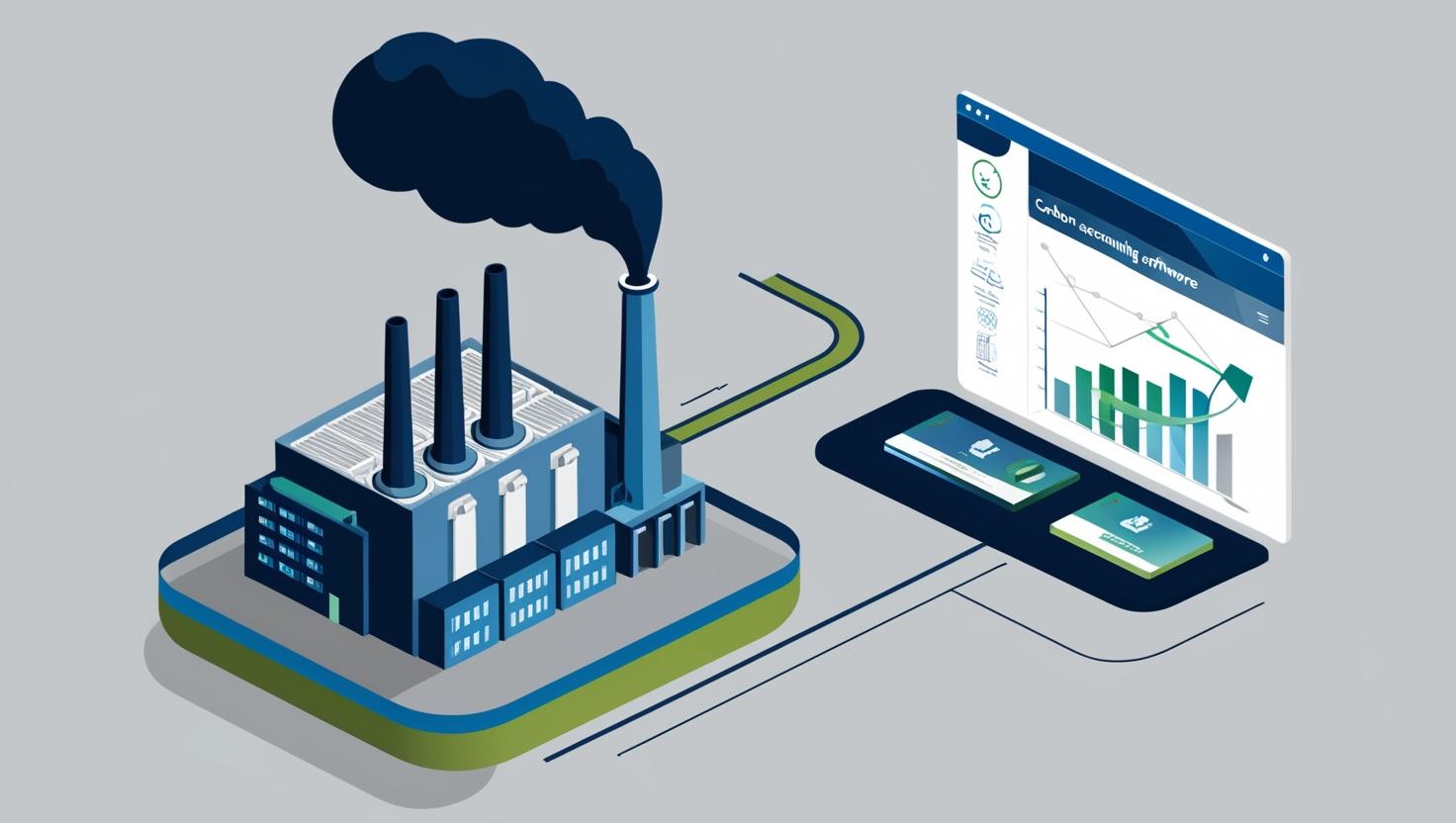Manufacturing industries are filled with many challenges. Or we may say that the challenges and manufacturing are synonyms of each other to give you a clearer picture of the height of severity.
So, some of the key challenges that the industries face while operations and production are low availability and underutilization of available assets and resources, delay or longer time to develop new products, sky rising costs, and unable to satisfy consumer demands despite all actions undertaken.
But fortunately, IoT systems provide a sigh of relief as a solution to all the above problems.
So what is IoT and how it’s changing the face of manufacturing industries, we are going to see ahead in this article.
What is IoT?
IoT stands for Internet of Things, and it’s essentially a system of interconnected devices or machines able to send or receive data over the Internet without or with very little human interaction in between. So, this system allows taking required action on time on pieces of machinery, making them more efficient, safe, and feasible to use.
And in case you are completely new to the term IoT and you generally avoid taking financial risks much, then note that it’s not something completely new to this world. Many industries around the globe have already embraced this tech, and as per a report by Transforma Insights, IoT is going to become a 1.5 trillion dollars industry by 2030, which was worth USD 465 at the end of 2019.
Applications of IIOT – A solution for many industrial problems
Now, let’s quickly look at 5 areas where IoT can help in manufacturing industries.
1. Asset Management
IoT technology enables Asset Management, which simply means monitoring pieces of equipment for better production and quality control and worker’s safety.
As per a report by IBM, industries can achieve a 20% higher product count on average by optimizing their manufacturing process from their existing line, which is a huge number. So, a faster and efficient manufacturing plant reduces product cycle time. And one of the best examples to quote is of the motorbike manufacturing company Harley Davidson: Via leveraging the power of IIoT, the company is able to produce a motorbike in just 6 hours! which earlier used to be around 21 days.
IIoT also helps to ensure a safer workplace, especially in hazardous workplaces or chemical/oil manufacturing firms. For example, with the help of sensors and IoT, now you can easily detect gas leakages into the pipe network, eliminating that manual effort. And not only this, IIoT tech along with wearable devices can help in monitoring the health status of your workers.
2. Real-time inventory tracking
Manufacturing doesn’t stop at manufacturing. But it extends way beyond that and extends until the product reaches the customer and satisfies it. And in this customer satisfaction journey, warehouse and inventory management plays an important role.
Fortunately, IoT can help in inventory tracking and management too.
So if we integrate the IoT solutions with the transport management system, this will provide us with a better status or visibility of the moving vehicles. This helps in the on-time maintenance of vehicles and swift action in case of road accidents, all of which ultimately results in fast, efficient, and safe transportation.
3. Predictive Maintenance
Maintenance is a tough task, but it won’t be much with the IoT-enabled maintenance known as Predictive Maintenance.
Predictive Maintenance or PdM is the technology where rotating machines are monitored with the help of sensors and the health status of the assent is presented over the cloud platform. All this becomes possible due to the boom and boon of IoT.
Recognize the fact that industries are literally struggling with the burden of maintenance. And in numerical terms, it’s costing them around 50 billion dollars per year. But with PdM as a solution at their hand, they can avoid this lofty available cost to a very large extent. An example of this is: Rio Tinto which is a mining company and they are able to save 2 million USD daily using the IoT-enabled PdM.
4. Smart Pumping
Now, it’s time to make our pumping systems smart. With the help of an IoT-based system comprising of sensors and switches, you can not only monitor but also regulate the flow, pressure, and temperature of your fluid and the pumping systems of your production facility. This efficient pumping system will help in saving water, energy costs, and manual labor expenses.
5. Energy Management & Monitoring other environmental parameters
Another important contribution of IoT tech is in the area of achieving environmental sustainability. Whether it’s fuel or electricity to use, water to drink, or fresh air to breathe, all three are getting scarce day by day. But IoT enables us to manage the environmental parameters with ease and efficiency allowing us to conserve them for present and future usage.
With the IoT-enabled energy management system, you can save around 29% on the electricity consumption costs in a building. This will also help in reducing GHG that are responsible for global warming and its induced climate change.
Similarly, groundwater pollution is a critical issue all over the world and using an IoT system comprising piezometers and sensors, groundwater can be monitored and managed efficiently, allowing us to take necessary actions whenever required. In fact, in India, the regulatory body known as CGWA has made it mandatory for manufacturing industries to install a groundwater monitoring telemetry system and send the report over to the regulatory body.
Lastly, with the help of an IoT-based stack monitoring system, the CO2 emissions released from various industries can be regulated, which is also a mandatory guideline issued by CPCB that has to be followed by manufacturing plants.
Final Words
IoT is definitely a solution to a variety of industrial problems. And that is the reason its market is increasing at a fast pace.
It enables asset management inside manufacturing plants that improve machine efficiency, reduces machine downtime through predictive maintenance, and also assists in inventory management for a warehouse. All these benefits not only reduce costs and paves a way for new sources of revenue for industries, but also help in improving the overall customer satisfaction. So, it’s a win-win situation for both – the manufacturers and consumers, making us conclude that IoT is the future of manufacturing.




